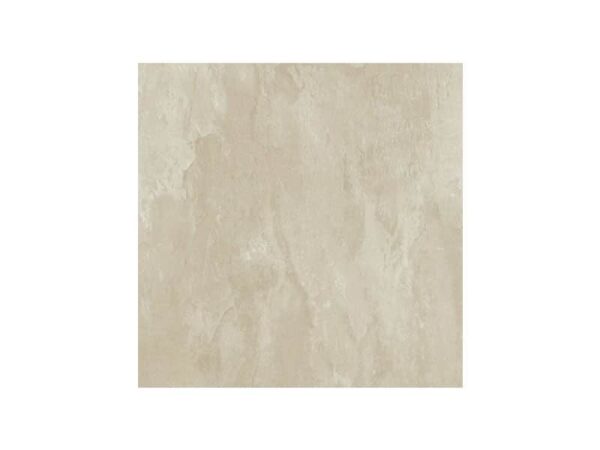10 Top Tiling Tips
Did you know that tiling is one of the most cost-effective ways to increase the value of your home? So, to make a positive impact there has never been a better time to have a crack at tiling your own wall or floor. We want to spread the message that tiling is something everyone can try at home. But first, we got our heads together at Target Tiles HQ to create this guide on the top 10 tiling mistakes to avoid.
1- Measuring Your Area
Now, this may seem like an easy first step, but many people can struggle to work out exactly how many tiles they need and how much adhesive to buy. For a relatable scenario, let’s look at the room below
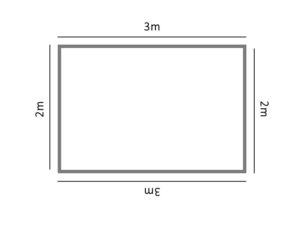
As you can see, one side of our room is 3m and the other is 2m. In order to work out the total square meterage, all you have to do is multiply one side by the other, so in this example:
3m x 2m = 6m²
To do this for a wall is the exact same process. Here’s a little tip from the pros: After you’ve worked out your area, it’s good practice to add on 10% to account for things like any extra cuts and wastage.
So, let’s add this to our example above – 10% of 6m² would be 0.6 making the total order 6.6m² of tiles. This calculation will also tell you how much tile adhesive you will require.
2- Choosing The Right Tile For The Job
Now the fun part begins! After you’ve worked out how many tiles you need, it’s time to discover all the different shapes and sizes of tile styles.
It’s important to choose the right tile for the situation. If it’s your first time tiling, then ceramic tiles are easy to drill and cut.
When it comes to the different sizes many people think that large tiles are easier to crack. This simply isn’t true. When a tile cracks, there’s usually another explanation such as movement beneath the tile or the wrong adhesive being used.
3 – Choosing The Right Adhesive
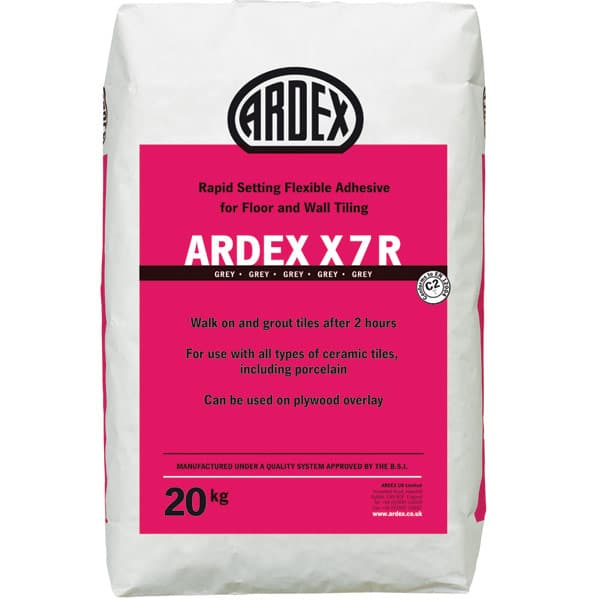
If, say, you’re tiling onto a wooden background then it’s best to use a flexible tile adhesive. This type of adhesive will absorb any movement.
A perfect product is BAL Flex One, this adhesive is a slow setting, flexible adhesive, and is perfect for walls and floors.
4 – Preparing Your Surface
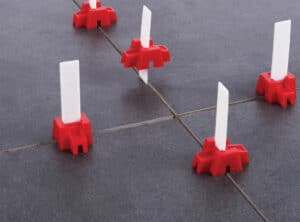
You know that old saying, ‘It’s all in the prep!” Well, it’s no different in the tiling world. Preparing the background is really important.
This could be using a levelling compound like BAL Level Max, which will give you a level floor, helping to get everything flush and avoiding lips.
You can also use a Genesis Easy Level Kit when laying your tiles to help level them out. A priming agent like Ardex P4 Primer will create a rough texture – perfect for tile adhesive to grab onto and is designed so you can tile over existing tile.
It’s also advisable to make sure that your surface is strong and solid as well as dry. Best to give it a quick brush to remove any loose debris. This is often the easiest tiling mistakes to avoid. Just take your time and prepare well.
5 – Setting Out
Before you finally get to mixing up any adhesive or getting dirty, it’s best to get the layout straight in your head. Trust us, this will save you lots of time and stress later on!
You can either use your tape measure to mark out the centre of your area. Then divide the distance to each edge by your chosen tile size – don’t forget to factor in your spacers.
You want to make sure that you end up with equal cuts at all the edges. The other way is to just dry lay all your tiles in the area. That way you can slide them around and adjust them until you get the cuts just right.
Check out these helpful guides on how to tile a wall and floor for more details.
6 – Troweling Out Your Adhesive
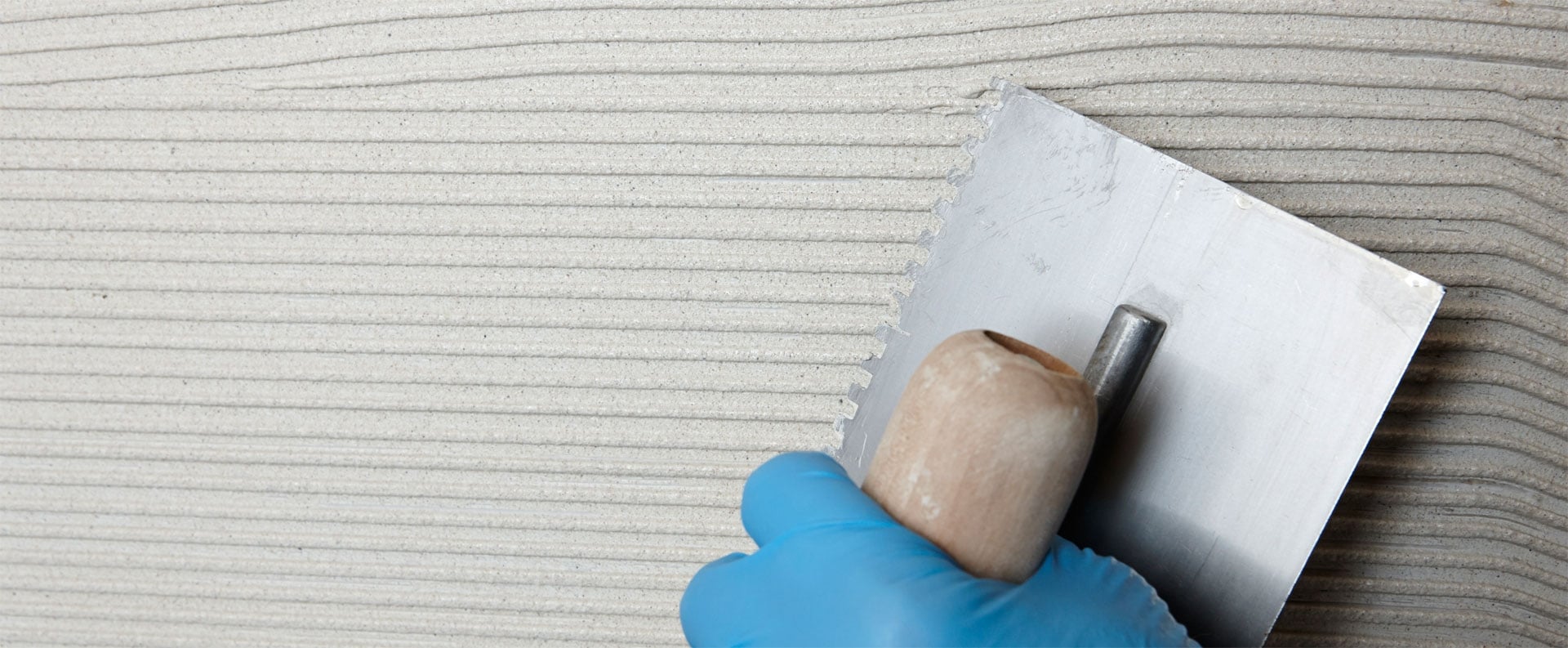
Our Dual Notch Trowel has both of these sizes, perfect for almost any job! Once you’ve mixed your tile adhesive to the manufactures recommendations, you can start to trowel it out.
Try and keep the trowel at a 45° angle which helps to move the adhesive around. Ensure that all your lines are going in the same direction. This will help the adhesive dry evenly by letting moisture and air escape easily.
If you’re tiling larger tiles or onto floors, we recommend you “back butter” all your tiles prior to laying them into your adhesive. Just put a thin, even layer on the back of each tile. Once your tile is down, give it a quick twist to help it stay in place.
7 – Cutting & Drilling Tiles
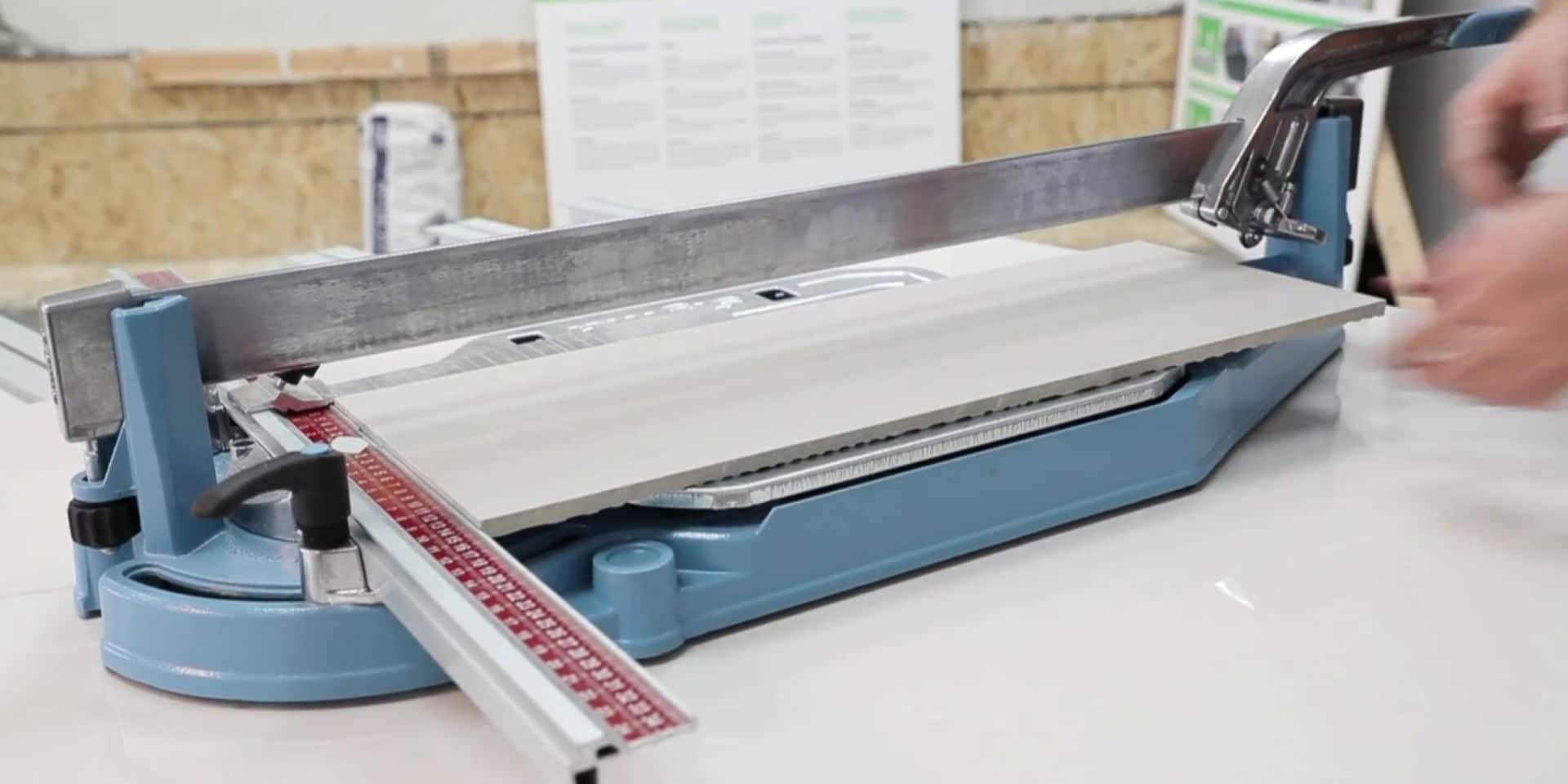
Don’t worry though this is a lot easier than you may think!
Get a tile cutter – either a manual tile cutter like our Sigma 3C3M Manual Tile Cutter or an electric tile saw like our Electric Wet Cutter & Carry Case.
Then mark where you want to cut the tile and DOUBLE CHECK THIS MEASUREMENT. It’s always best to measure twice & cut once!
Then just line up your mark with the cutting wheel and push down and away from you to score the tile. Pull down on the handle to snap the tile cleanly along the line. If you’re using an electric cutter, simply line the mark up with the blade and feed in through slowly.
8 – Grouting
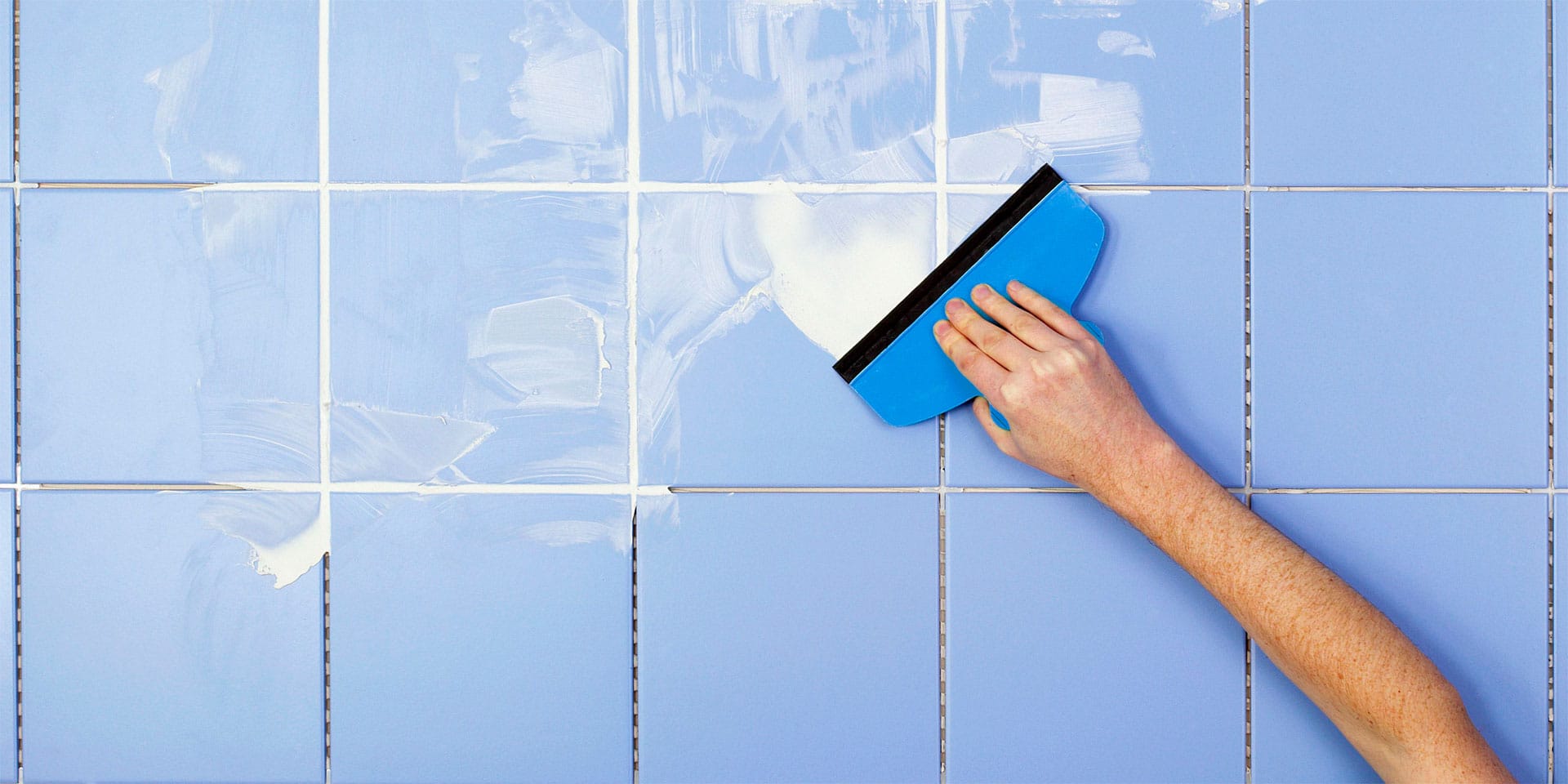
Make sure to choose a tile grout that is suitable for the area you’re tiling. So, a wall grout for wall areas and floor grout for floor areas. Simple, right?
Some grouts like Mapei Ultracolour can be used for both with makes life easier! It’s very important to mix the grout in accordance with the manufacturer’s guidelines.
Too little water will make it difficult to use. Too much water can make the colouring in the grout move around and give an uneven look.
9 – Silicone
Whether you’re tiling a kitchen splashback, a bathroom floor, or a shower area sealing the joints between the walls floors, and around the edges is an important step.
Make sure you use a suitable silicone. Many products, like Ardex ST & Mapei Mapesil come in matching colours to the grout. This means you’ll get a matching and perfect finish!
When using silicone make sure to use even pressure on the skeleton gun and do it at a steady pace. This will make sure the bead is even.
Be sure to allow 24 hours for your silicone to cure completely before touching it.
10 – Clean Up
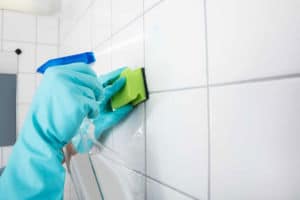
Make sure that you have wiped down any excess grout with a damp sponge. Then go over the area again with a clean rag once it has dried completely. This will take away the haze from the face of the tile that happens after grouting.
Go on, give tiling a go today!
It really is easier than you might think. Just go slowly and make use of the plethora of videos and helpful information.
If you’re having trouble knowing where to start, why not drop us an email at [email protected] or give us a call on 02392 372788.Oh, and don’t forget to share your finished projects with us on social media!
Recent Posts
Why Choose Us?
- Free Delivery over £249*
- Free Sample Delivery*
- 10,000 Square Meters in Stock


